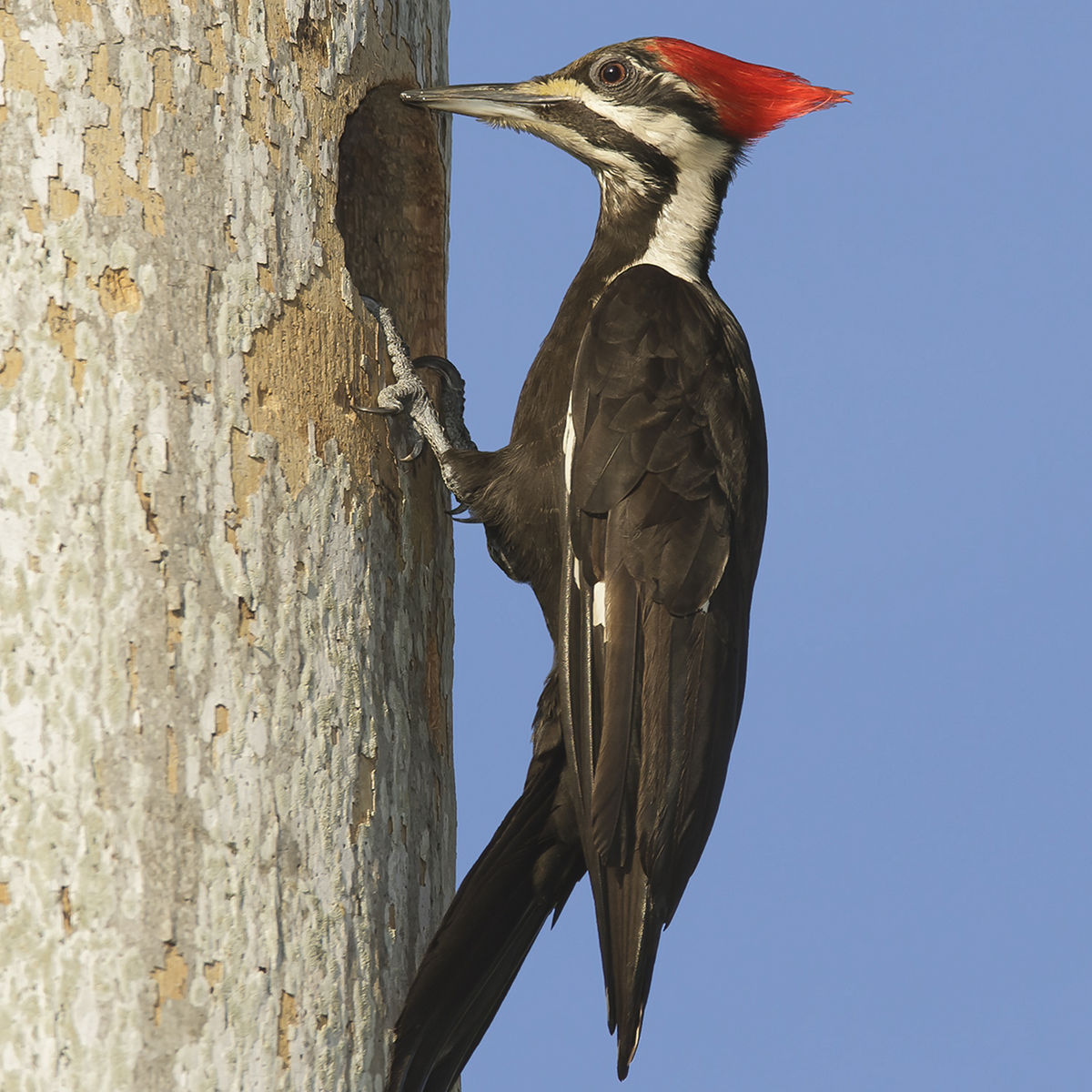Finding Woodpeckers in Florida: Types Diversity and Natural History
Finding Woodpeckers in Florida: Types Diversity and Natural History
Blog Article
Revealing the Keys of Woodpeckers: Behavior, Environment, and More
Woodpeckers, with their distinct habits and specialized adaptations, have long captivated scientists and nature enthusiasts alike. By uncovering the mysteries surrounding woodpeckers' actions and environment choices, a much deeper understanding of these bird wonders arises, providing a glance right into their fascinating globe.
Woodpecker Behavior Insights
In analyzing woodpecker actions, a fascinating display of specialized abilities and adaptations emerges, shedding light on their exceptional ecological particular niche - Woodpeckers in Florida. Woodpeckers, recognized for their unique drumming on trees, possess a variety of behavior qualities that add to their survival and success in their atmosphere. One key actions is their drumming, which offers several purposes such as interaction, establishing territory, bring in companions, and locating food resources. This balanced pecking also showcases their impressive stamina and endurance, as they can hammer away continuously at broadband without triggering harm to themselves.
Moreover, woodpeckers exhibit a special feeding behavior defined by their ability to essence pests from tree bark using their specialized beaks. Their lengthy, barbed tongues aid in catching target, while their strong neck muscular tissues provide security and accuracy during pecking movements. This feeding strategy enables woodpeckers to accessibility hidden insect larvae and extract them with impressive efficiency.
Environment Preferences and Option
What variables affect the environment choices and option of woodpeckers? One critical factor influencing woodpecker environment option is the schedule of ideal nesting websites. Woodpeckers commonly favor woodlands with a mix of fully grown trees that supply adequate chances for tooth cavity excavation.
Furthermore, woodpeckers show a preference for habitats with a bountiful supply of food resources. They are mostly insectivorous, eating beetles, ants, larvae, and other insects found in worn out timber or tree bark. As a result, woodpeckers have a tendency to favor wooded locations with a varied insect population to meet their nutritional requirements.
In addition, the existence of dead or rotting trees is another vital consider woodpecker habitat option. These trees not just offer food sources yet also offer ideal substrate for dental caries excavation. Dead trees are necessary for the maintenance of healthy and balanced woodpecker populations, as they play a vital duty in the woodpeckers' life cycle and ecosystem characteristics.
Feeding Practices and Diet Regimen Structure
Woodpeckers demonstrate a specialized feeding habits concentrated on foraging for insects within different environments. In addition to bugs, woodpeckers additionally consume tree sap, fruits, nuts, and seeds, adding range to their diet regimen depending on the season and schedule of food over at this website sources.
The foraging techniques of woodpeckers are well-adapted to their arboreal lifestyle. Woodpeckers play a crucial duty in keeping the wellness of forests by controlling insect populations and assisting in the decay of wood.
Drumming Sounds and Interaction
Making use of fast drumming sounds on different surface areas, woodpeckers utilize a distinctive kind of interaction to indicate territory borders and draw in mates. This drumming actions is not just a means of interaction however also offers as a method for woodpeckers to establish their visibility within a specific area. The strength, speed, and pattern of the drumming can share crucial information to various other woodpeckers in the area.
Woodpeckers use drumming noises to announce their visibility in an area and to warn off prospective intruders. The loud and recurring nature of the drumming acts as a clear signal to various other woodpeckers that the area is currently claimed. This aids in decreasing problems and reducing physical battles between people.

Survival Adaptations and Specialized Composition

Final Thought
To conclude, woodpeckers exhibit unique actions, such as drumming audios for communication, and have specialized makeup for survival in their picked habitats. Their feeding practices and diet make-up additionally demonstrate their adaptability to numerous atmospheres. By comprehending these aspects of woodpeckers, scientists and guardians can click here for more better shield and protect these fascinating birds and their ecosystems.
Report this page